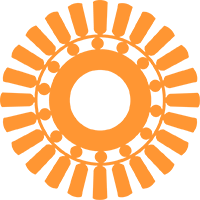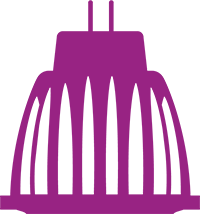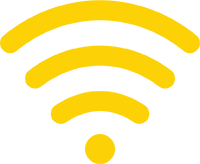This research records the achievements of Energy Efficiency Appliance and Equipment Standards and Labelling Programmes (EES&L) programmes. It was first published in 2015, updated in 2016 and has now been extensively revised in 2021 in collaboration with the IEA.
EES&L programmes are amongst the longest running and most widely adopted type of national energy efficiency program. National EES&L programs have been in existence since the 1970s and have grown since this date, so that now EESL programs operate in more than 120 countries. While the design and coverage of EESL programs vary according to national circumstances, they provide the cornerstone of most national energy and climate change mitigation programs.
2021 Update
The 2021 update was undertaken by 4E with the assistance of IEA staff with the aim of supporting energy efficiency initiatives under COP26.
The report demonstrates that minimum efficiency performance standards and energy-consumption labelling on appliances and equipment have led to reduced power consumption, lower carbon emissions, and cost savings for consumers.
The report’s findings are drawn from nearly 400 evaluation studies covering 100 countries, including those with the longest running and strongest appliance policies, such as China, European Union, Japan and the United States.
“The findings from the study are important as they provide evidence that standards and labelling are highly effective policy instruments that bring benefits to consumers as well as lower emissions and lower energy demand,” said Brian Motherway, the Head of Energy Efficiency at the IEA.
The study shows the policies have had significant positive impacts:
- In countries with long-running policies, appliances are now typically consuming 30% less energy than they would have done otherwise.
- In the nine countries/regions for which data were available, such programmes reduced annual electricity consumption by a total of around 1 580 terawatt-hours in 2018 – similar to the total electricity generation of wind and solar energy in those countries.
- The programmes that have been operating the longest, such as those in the United States and the European Union, are estimated to deliver annual reductions of around 15% of their current total national electricity consumption. This percentage increases each year as more of the older, less-efficient stock is replaced with equipment that meets new higher efficiency standards.
- These energy savings represent a significant financial boon for businesses and householders. In the United States alone, utility customers are now economising USD 60 billion each year, or USD 320 per customer.
- Also, the United States, European Union and China together are avoiding annual CO2 emissions of more than 700 million tonnes, equivalent to the total energy-related emissions of Germany.
- Well-designed policies encourage product innovation and lead to economies of scale, which reduces the cost of appliances even without accounting for the efficiency gains. For example, in Australia the sticker price of appliances has typically fallen 40% over the last 20 years, while average energy consumption has fallen by a third.
“The message is simple: expanding standards and energy efficiency labelling programmes makes the energy transition challenge easier, more affordable and become a reality,” said Jamie Hulan, the Chair of the 4E TCP.
IEA Press Release – 16 September 2021
2016 EESL Achievements Presentation
2015 – Achievements of Appliance EESL Programs – a global assessment




































